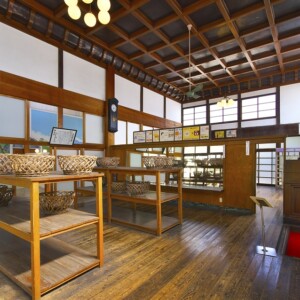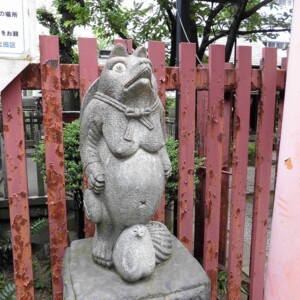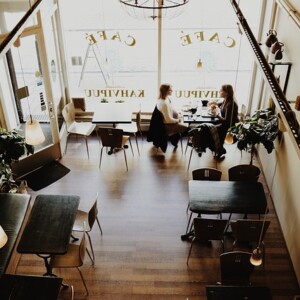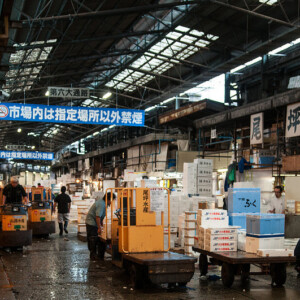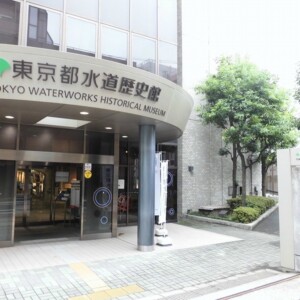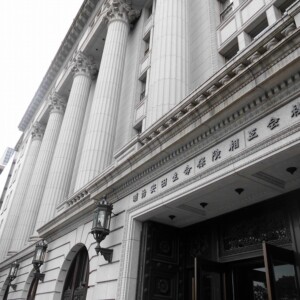
[Tokyo] Stroll through the feudal lord garden connected to Mito Komon ~Koishikawa Korakuen~
table of contents
Koishikawa Korakuen was the garden of the Edo mansion of the Mito domain, one of the three Tokugawa families during the Edo period. It is also known as a famous spot for cherry blossoms in spring, irises in early summer, and autumn leaves in autumn. Feel like a lord or princess as you stroll through the 70,000-square-meter Tsukiyama-sensui stroll garden, one of the few feudal lord gardens that still exists in the city center.
In spring, the seven weeping cherry trees are a sight to behold.

The famous weeping cherry tree
Koishikawa Korakuen is a daimyo garden with an area of 70,000 square meters. It was built in 1629 by Yorifusa Tokugawa, the first lord of the Mito domain, and was renovated by Mitsukuni to the present day. The meaning of the name ``Korakuen'' is ``to grieve before the world's sorrows, and enjoy the world's joys after the world's joys.'' People of high social status shoulder the burden of difficult things before anyone else, and enjoy things that are fun. is a life lesson to enjoy later than anyone else. Koishikawa Korakuen is a famous spot for cherry blossoms, and in late March, the Somei Yoshino and seven weeping cherry trees are a sight to behold. Behind the weeping cherry blossoms, the white roof of Tokyo Dome looks like a snowy mountain. It brings out the beauty of cherry blossoms. Now, let's walk along the path to the left of the weeping cherry tree in front of us.
Feel like walking around Arashiyama in Kyoto while staying in the city center
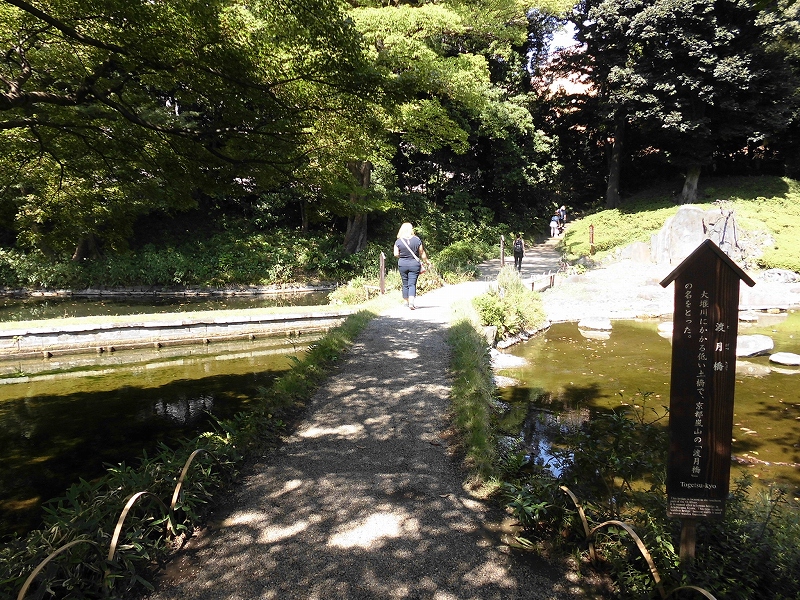
Togetsukyo Bridge over the Oi River
The river in front is Oi River, and the bridge is Togetsukyo Bridge. It is inspired by the scenery of Arashiyama in Kyoto. There are mountains in the back on the right, overlooking Tofuku-ji Temple and Kiyomizu-dera Temple in Higashiyama, Kyoto. From now on, we will walk in that direction. In fact, Koishikawa Korakuen was created by Mitsukuni Mito, who selected scenic locations in Japan and China, and skillfully created landscapes of lakes, mountains, rivers, and countryside that imitated the scenic beauty of each region. It was built to imitate the scenic West Lake in China, and has been incorporated into the garden with its landscape in mind.
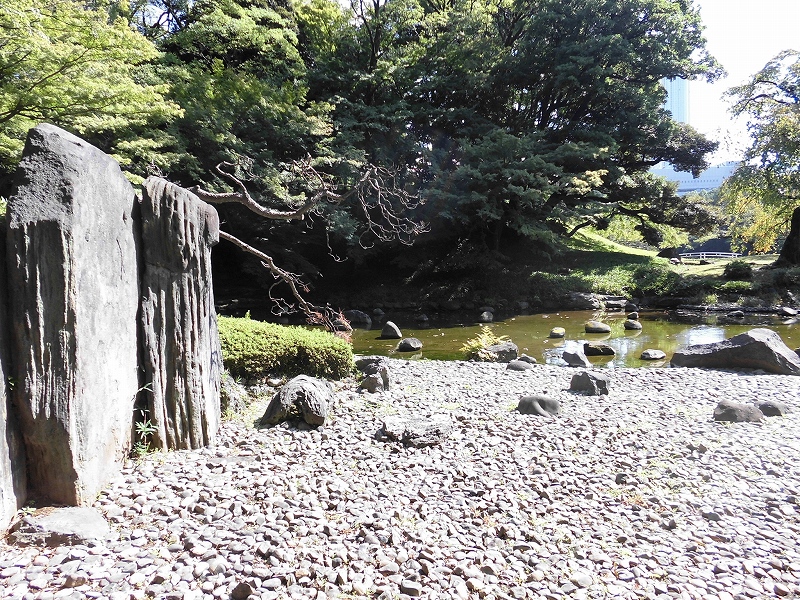
Byobu Rock and Oi River
I just crossed Togetsukyo Bridge and looked back. The Oi River is right in front of you. Once you cross the river, you'll find gravel spread out, and a space that looks like a Zen garden, centered around a folding screen rock, spreads out amidst the natural scenery. What you can see on your left is Byobu Rock.
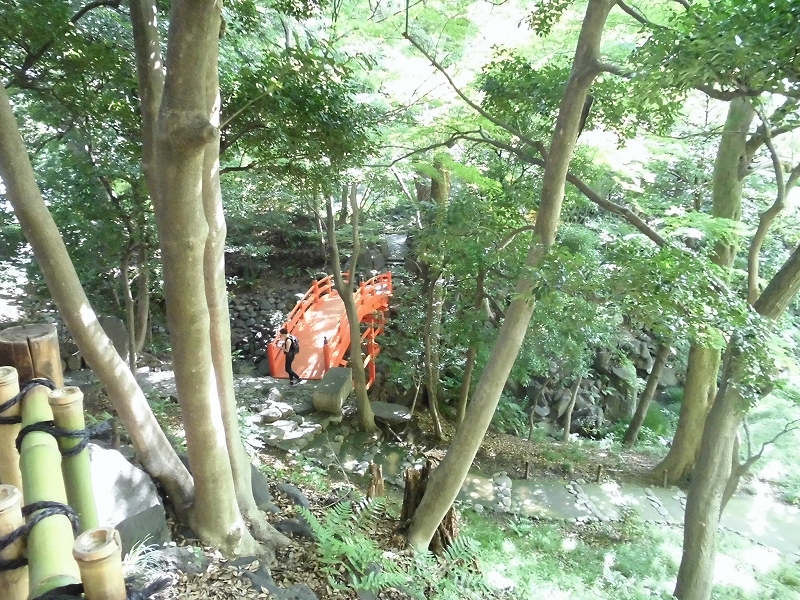
Tsutenkyo Bridge overlooking from the Tsukiyama
The vermilion-painted bridge in the midst of greenery is Tsutenkyo Bridge. The Tsutenkyo Bridge at Tofukuji Temple in Higashiyama, a famous spot for autumn foliage in Kyoto, is depicted here. The river that flows is the Oi River. There is a waterfall on the right hand side of Tsutenkyo Bridge, which is reminiscent of Otowa Falls at Kiyomizu-dera Temple.

Togetsukyo Bridge seen from Tsutenkyo Bridge
I'm looking at Togetsukyo Bridge, which I just passed through, from the middle of Tsutenkyo Bridge. There are stones placed on the Oi River so that you can cross the river by walking along them. This is also the view you can see along the Kamogawa River in Kyoto. On the left side of the screen, across the bridge, there was a Kannon-do hall that was a photo of Kiyomizu-dera Temple in Kyoto, but it was destroyed by fire in the Great Kanto Earthquake and no longer remains. The area around Tsutenkyo Bridge has the most beautiful autumn leaves in Koishikawa Korakuen.

Tokunin-do Hall, where the wooden statue of Hakui and Shuzai was enshrined
The oldest building in the park, built by Mito Mitsukuni, is Tokunindo. Inside the building is a wooden statue of Hakui and Shuqi, who appear in Chinese historical records. When Mitsukuni was 18 years old, he read the history of Hakui in Shiki and was impressed by it.
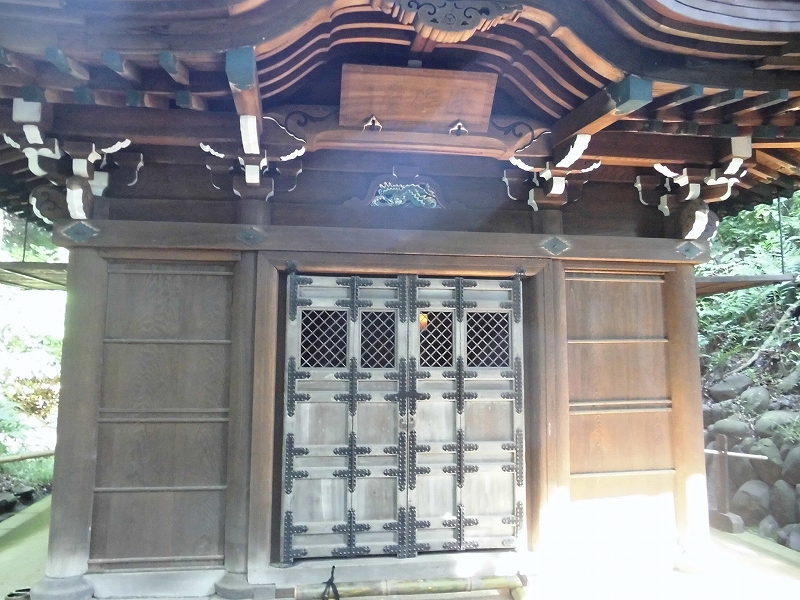
Tokunindo seen from the front
This is the front of Tokujindo. The front door is closed. This area will be the summit of the mountain. From here, go down the mountain and head to Oizumisui, which is inspired by Lake Biwa.
The center of Koishikawa Korakuen is a large spring water shaped like Lake Biwa.

Oizumi water and Horai Island
Koishikawa Korakuen is a stroll-style rockery spring garden built around a large spring water pond made to look like Lake Biwa. The main character is the pond on the screen. The island floating in the pond is Horai Island. In ancient China, Penglai Island was an island where immortal immortals lived, and it was also the place where Qin Shihuang sent Xu Fu in search of the elixir of immortality. It is also said that this was the case in present-day Japan. What looks red is a shrine.
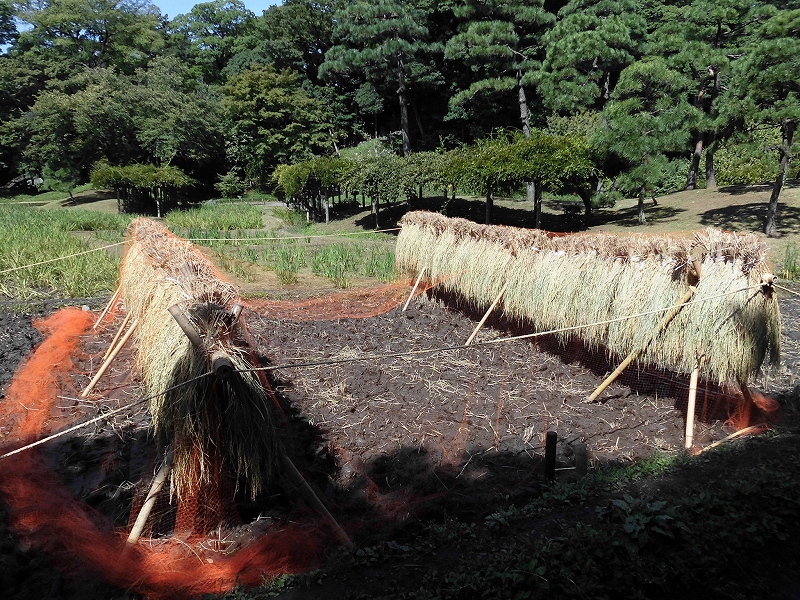
Rice fields and irises garden
After harvesting rice. In fact, there is a rice field in Koishikawa Korakuen. It was created by Mitsukuni Tokugawa to teach his sons and wives how hard it is for farmers to grow rice. Currently, students from elementary schools in Bunkyo Ward are practicing rice cultivation here.

Kuhachiya is a teahouse from the Edo period.
There is a tea house from the Edo period in Matsubara on the shore of Oizumi water. The name is Kuhachiya. The origin of Kuhachiya comes from the precept that ``you should drink nine portions of alcohol during the day and eight portions at night.'' It means to be modest in everything. This is a rest area where you can sit and rest.
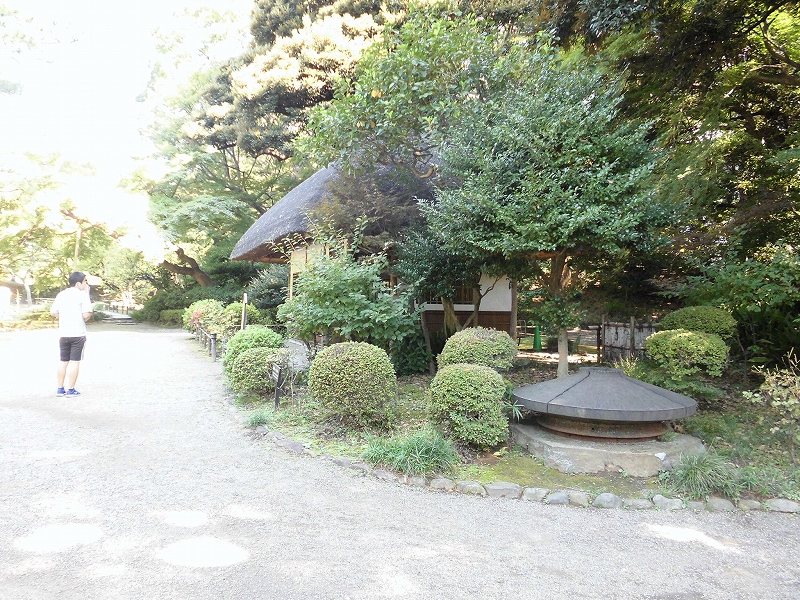
There are also remnants of the days when it was an army artillery factory.
There is something that looks like a black metal lid on the shrubbery to the right of Kuhachiya. This is a remnant of the time when it was the Ministry of War's Tokyo Artillery Arsenal after the land was transferred from the Mito domain to the new government in 1869 (Meiji 2). Some of the factory equipment still remains in the garden.

Inner court of Mitohan Shoin
In front of a pond full of lotuses was the shoin of the Mito clan. This place is right at the tip of the Koishikawa Plateau, and the water for this garden actually comes from the nearby Kanda Josui Water Supply.
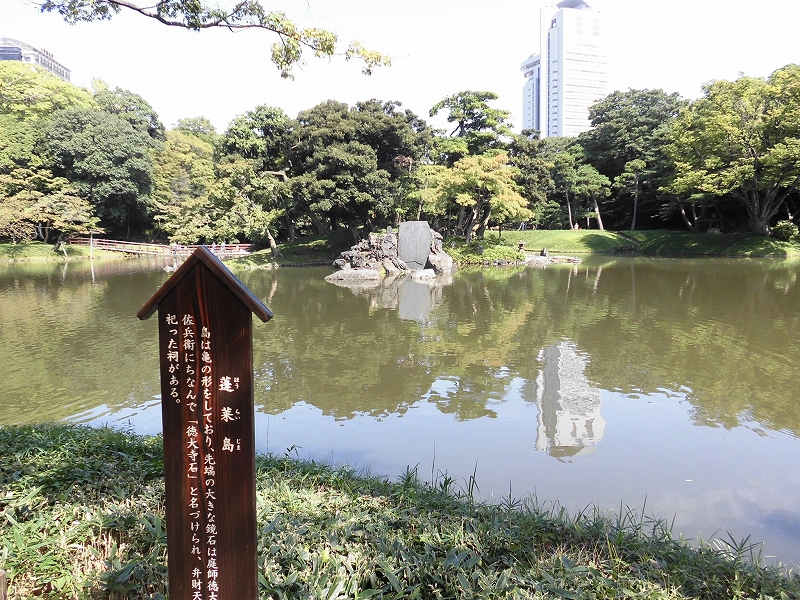
Tokudaiji stone and Horai Island
Oizumi water and Horai Island. I'm looking at it from a different angle. There is a large stone in front of Horai Island floating in the middle. It is called Tokudaiji stone. By the way, there are carp in Oizumi water, and carp food is also sold at the shop.
How was it? Despite being located in the city center, Koishikawa Korakuen can enjoy the beauty of the four seasons: cherry blossoms and irises in the spring, lotuses in the summer, red leaves in the fall, and camellias in the winter. When you come here, you'll feel like you've taken a walk around all kinds of famous places. Please come and visit us.
INFORMATION
| name | Koishikawa Korakuen |
| address | 1-6-6 Koraku, Bunkyo-ku, Tokyo 112-0004 |
| telephone number | 03-3811-3015 |
| URL | https://www.tokyo-park.or.jp/park/format/index030.html |
| GOOGLE MAP |


![[Tokyo] Let's take a walk around Higashi Ginza's landmark "Kabukiza"! Photo 01](https://jp.neft.asia/wp-content/uploads/2018/01/d30d21367450ab8dcf1690473f7092e7-1-150x150.jpg)
